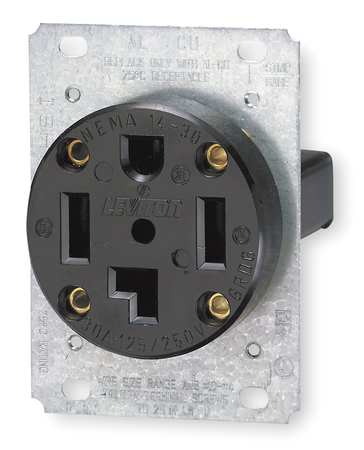According to Ohm's Law (I haven't heard it was repealed....), higher voltage would produce lower current.
I'd suspect voltage drops... or the venting.
Higher voltage with CONSTANT RESISTANCE (the dryer heat element) gives higher current.
E=IR works, but E1 =I1 * R1 And E2 = I2 * R2
If R1 = R2 and E1 <> E2 then I1 <> I2
Start plugging in numbers using 1 for E1, R1 and I1 (simplest numbers) Then 2 for E2... solve for I2.,, and you get I2 = 2 Current went up proportionally to voltage.
Real world the resistance of the heating element varies somewhat with temperature... but its not going to significantly affect the result of excess current making it hotter.
That's why feeding 110V to a 220v light bulb (yes they make them) works and gives you half the wattage (and the bulb will last for many many years), but feeding 220 to a 110 rated bulb will burn out the bulb in half a second.
************
Thermal fuse should be protected by the dryer's thermostat... which should shut off power before the fuse blows. The fuse is fire prevention. the thermostat is temperature regulation.
Even with a plugged dryer vent AND a power surge the thermostat should shut off power to the heater before the fuse blows.
I expect that has a 3 setting thermostat... and its failed.
Since you replaced that ...Did they change the part number from original? if they did there's your problem with the replacements. Not the same part, not working the same as the original.
BTW.. I used to be a Whirlpool service tech.
Last edited:





















